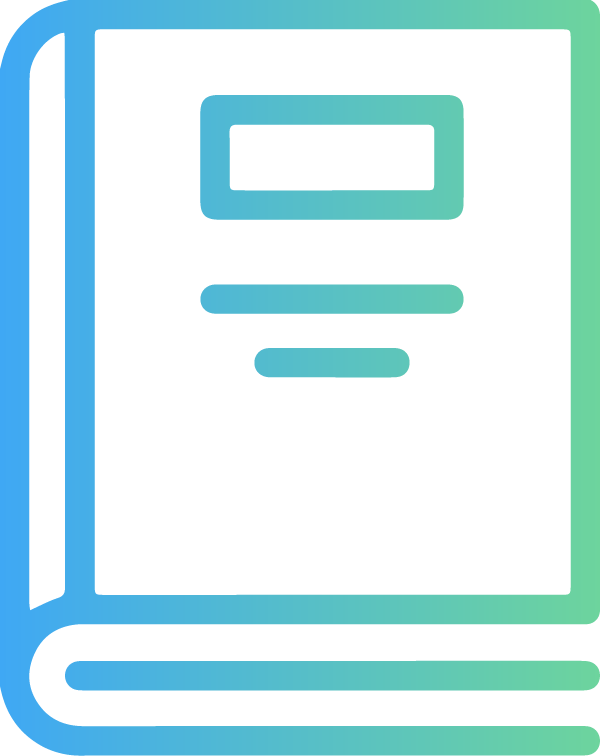Self-Study
Understanding Organizational Behavior
Understand employee interactions and manage workplace relationships to mitigate negative behaviors and implement effective conflict management.

$351.00 – $391.00
Webcasts are available for viewing Monday – Saturday, 8am – 8pm ET.
Without FlexCast, you must start with enough time to finish. (1 Hr/Credit)
Please fill out the form below and we will reach out as soon as possible.
CPE Credits
13 Credits: Business Management & Organization
Course Level
Overview
Format
Self-Study
Course Description
A good way to improve the performance of a business is to learn more about how people interact within it – which is organizational behavior. In the Understanding Organizational Behavior course, we cover employee emotions, perceptions, personalities, and motivations, and how these factors impact how people behave within a business. These underlying issues drive how people make decisions, behave within groups, communicate, and lead. We also tie these concepts into the best ways to navigate through conflict management and change management. In short, this business management and organization CPE course is essential reading for those who want to learn more about why employees behave and how they interact with each other.
Learning Objectives
Upon successful completion of this course, participants will be able to:
- Identify the issues impacting proper ethical behavior.
- Specify the inputs to the organizational behavior model.
- Describe the effects of discrimination in the workplace.
- Identify the classifications used for rating the abilities of employees.
- Specify the drivers of a person’s attitude.
- Identify the triggers for cognitive dissonance.
- Recall which actions can improve job satisfaction.
- Specify what can trigger positive emotions.
- Describe the behavior of a narcissist.
- Specify how people can adjust their behavior to a situation.
- Specify the outcomes associated with the situation strength theory.
- Recall the underpinnings of attribution theory.
- Recall the different types of biases, and how they can impact goal achievement.
- Specify which cultural characteristics can be used to enhance a business.
- Identify intrinsic and extrinsic rewards, and state how they differ from each other.
- Recall the various techniques used to make jobs more interesting.
- Recall the requirements for empowerment to work.
- Specify the stages that a group goes through during its development.
- Identify the characteristics of a project using the punctuated-equilibrium model.
- Recall what norms are, and specify examples of them.
- Specify the factors that can alter the size of a group or its cohesiveness.
- Identify the essential components of a team.
- Recall the different types of teams and what they do.
- Specify the different types of positions on a team, and what each one is supposed to do.
- Identify the issues that can cause a team to be ineffective.
- Recall the characteristics of an ideal team member.
- Specify the characteristics of an effective team.
- Identify the different types of communication and when they are used.
- Recall the barriers to communication within a business.
- Specify the actions that can be taken to enhance the credibility of a leader.
- Identify the skills that a leader should have.
- Recall the specifics of the leader-member exchange theory.
- Specify the factors that support transformational leadership.
- Identify the characteristics of servant leadership.
- State the outcomes of a conflict spiral.
- Recall the options for dealing with conflicts, and the outcomes of each one.
- Specify the situations in which change initiatives are more likely or less likely.
- Identify the process for identifying change initiatives to enact.
- Recall how a vision statement should be tested to improve its odds of success.
- Specify how to lock in a change initiative for the long term.
- Identify the factors by which dependency can be used to gain power over others.
- Recall the actions associated with political behavior.
- Specify the actions that may be taken as part of impression management.
- Identify the indicators of the silo mentality.
- Recall where line and staff personnel are more likely to be located in a business.
- Specify the factors that influence a firm’s span of control.
- Identify the actions that may be taken to perpetuate a firm’s culture.
- Recall the actions that can be taken to enhance a company’s organizational climate.
Course Specifics
SS623360279
December 14, 2023
There are no prerequisites.
None
239
Compliance Information
CFP Notice: Not all courses that qualify for CFP® credit are registered by Western CPE. If a course does not have a CFP registration number in the compliance section, the continuing education will need to be individually reported with the CFP Board. For more information on the reporting process, required documentation, processing fee, etc., contact the CFP Board. CFP Professionals must take each course in it’s entirety, the CFP Board DOES NOT accept partial credits for courses.
Meet The Experts

Steven M. Bragg, CPA, is a full-time book and course author who has written more than 300 business books and courses. He provides Western CPE with self-study courses in the areas of accounting and finance, with an emphasis on the practical application of accounting standards and management techniques. A sampling of his courses include the The New Controller Guidebook, The GAAP Guidebook, Accountants’ Guidebook, and Closing the Books: An Accountant’s Guide. He also manages the Accounting Best Practices podcast. Steven has been the CFO or controller of both public and private companies and has been a consulting manager with Ernst & Young and …
Related Courses
-
 Business Management & Organization
Business Management & Organization
Developing and Managing Teams
Steven M. Bragg, CPA QAS Self-Study
Credits: 4 $116.00
QAS Self-Study
Credits: 4 $116.00$116.00 – $136.00
-
 Business Management & Organization
Business Management & Organization
Effective Negotiation
Steven M. Bragg, CPA QAS Self-Study
Credits: 5 $145.00
QAS Self-Study
Credits: 5 $145.00$145.00 – $175.00
-
 Business Management & Organization
Business Management & Organization
Understanding and Managing Organizational Behavior
Delta CPE LLC QAS Self-Study
Credits: 14 $364.00
QAS Self-Study
Credits: 14 $364.00$364.00 – $404.00
